8 More of the Best Toyota/Lexus Sports Cars
Daily Slideshow: Since posting our list of the Some of the Best Toyota/Lexus Sports Cars, we asked forum members what cars they might include on the list and got some really good feedback.
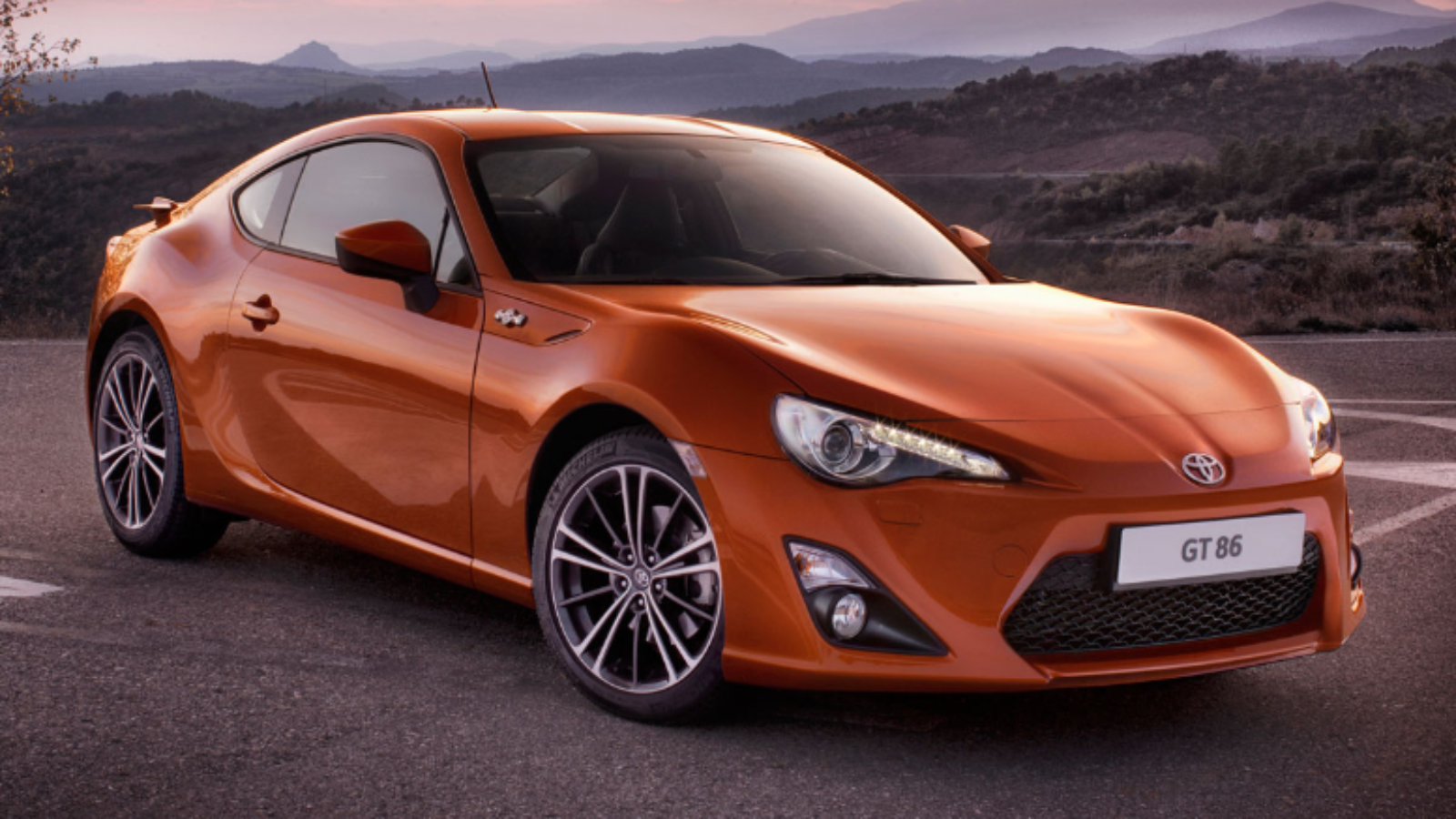
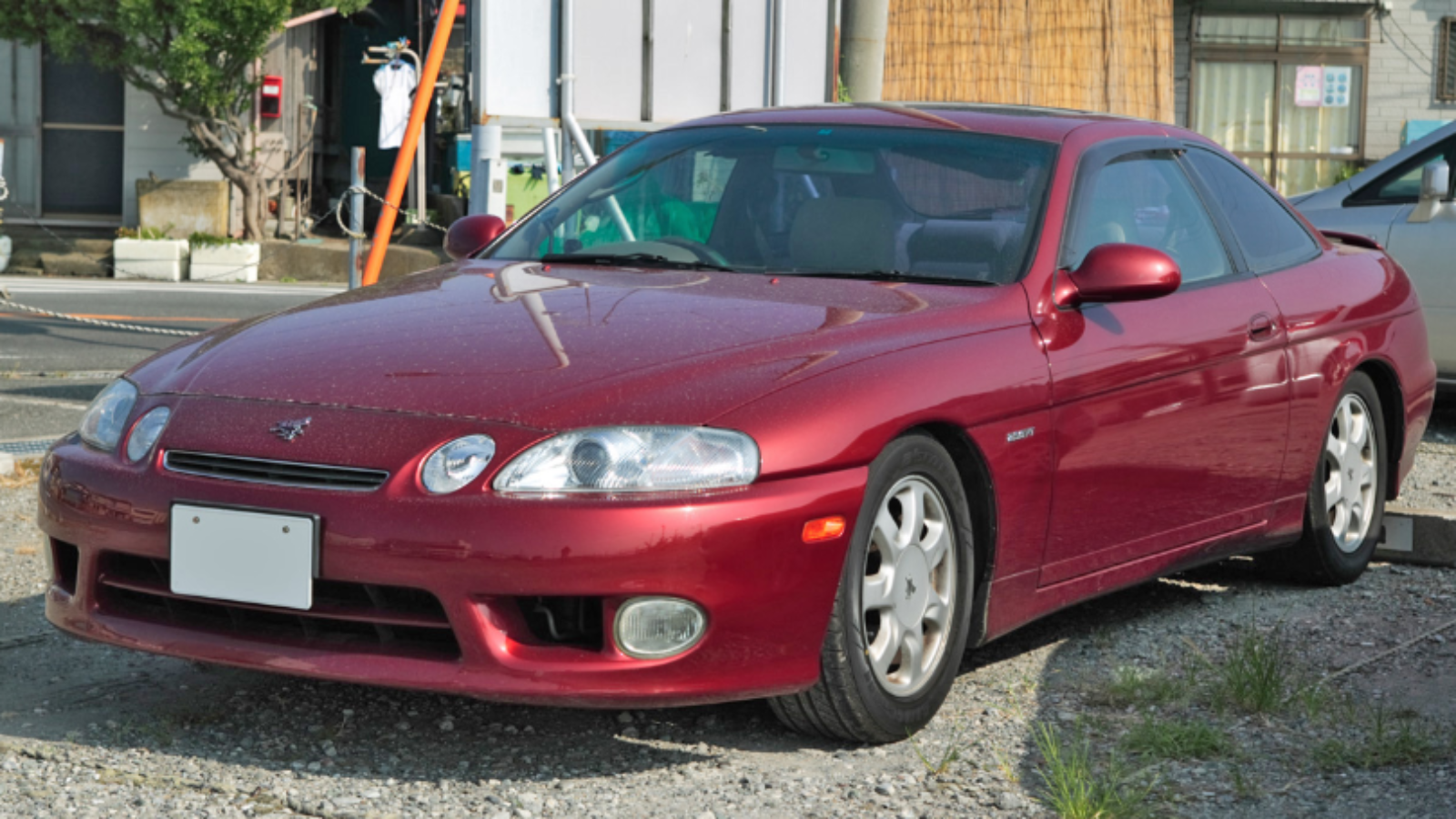
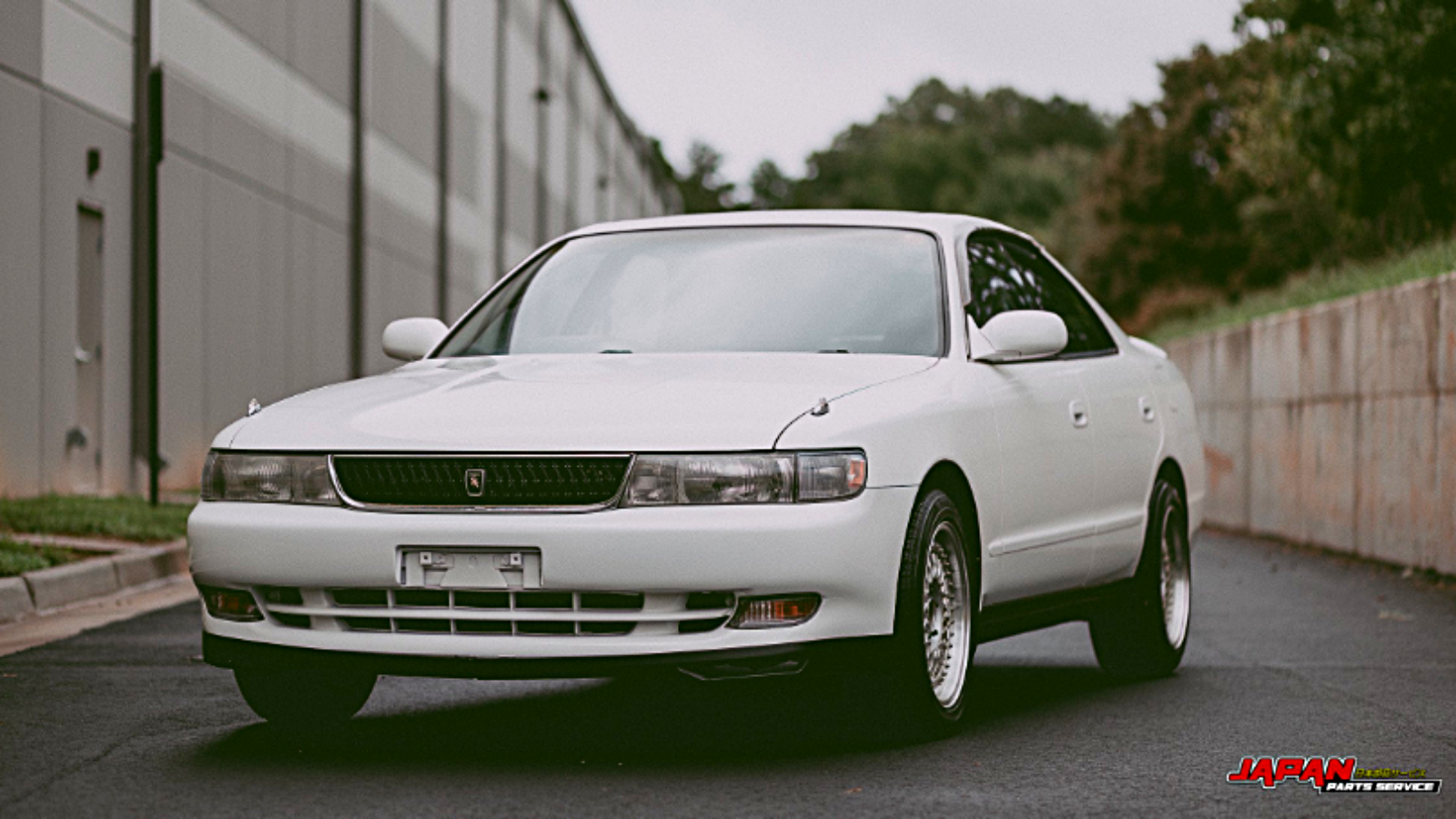
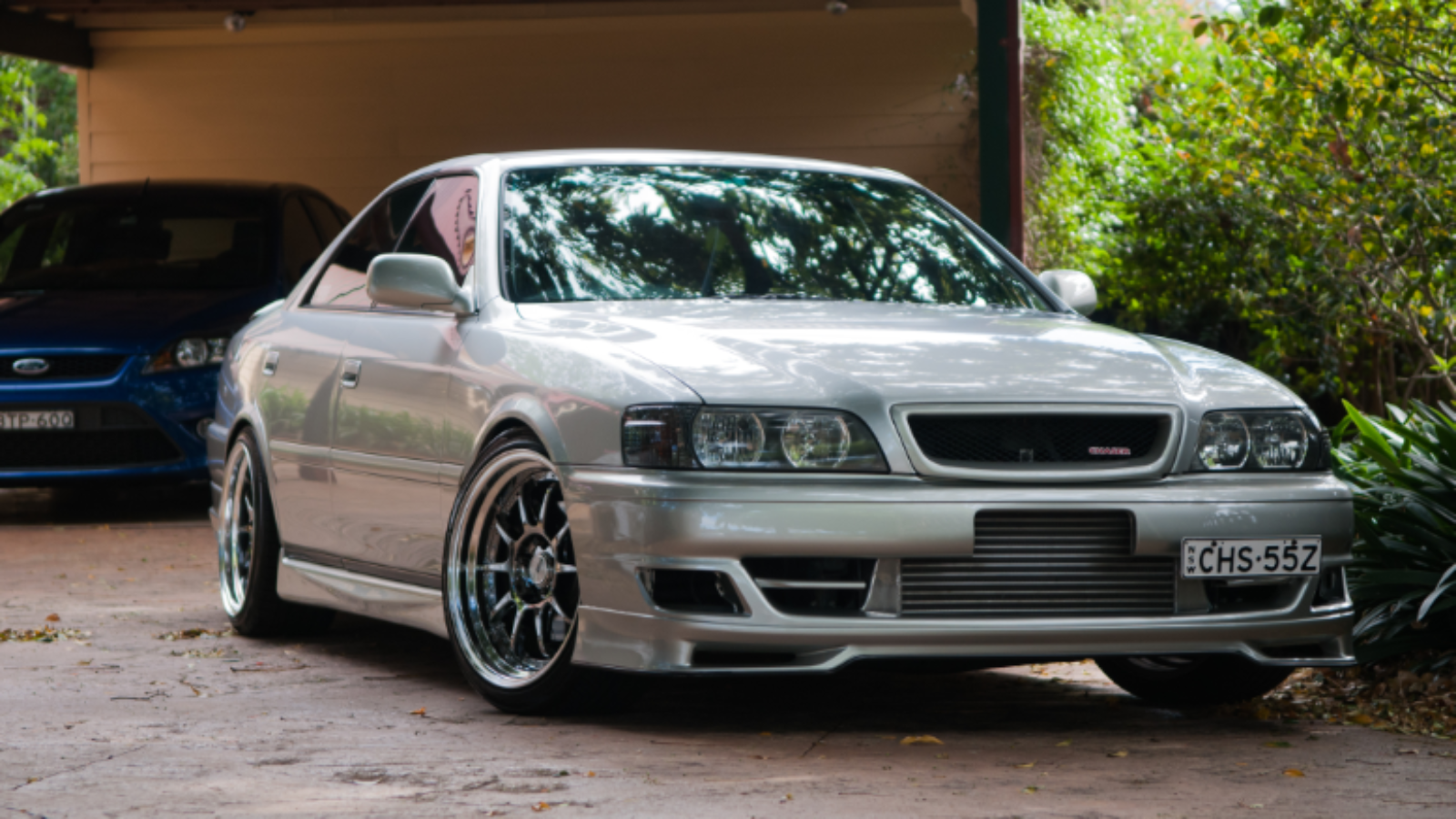
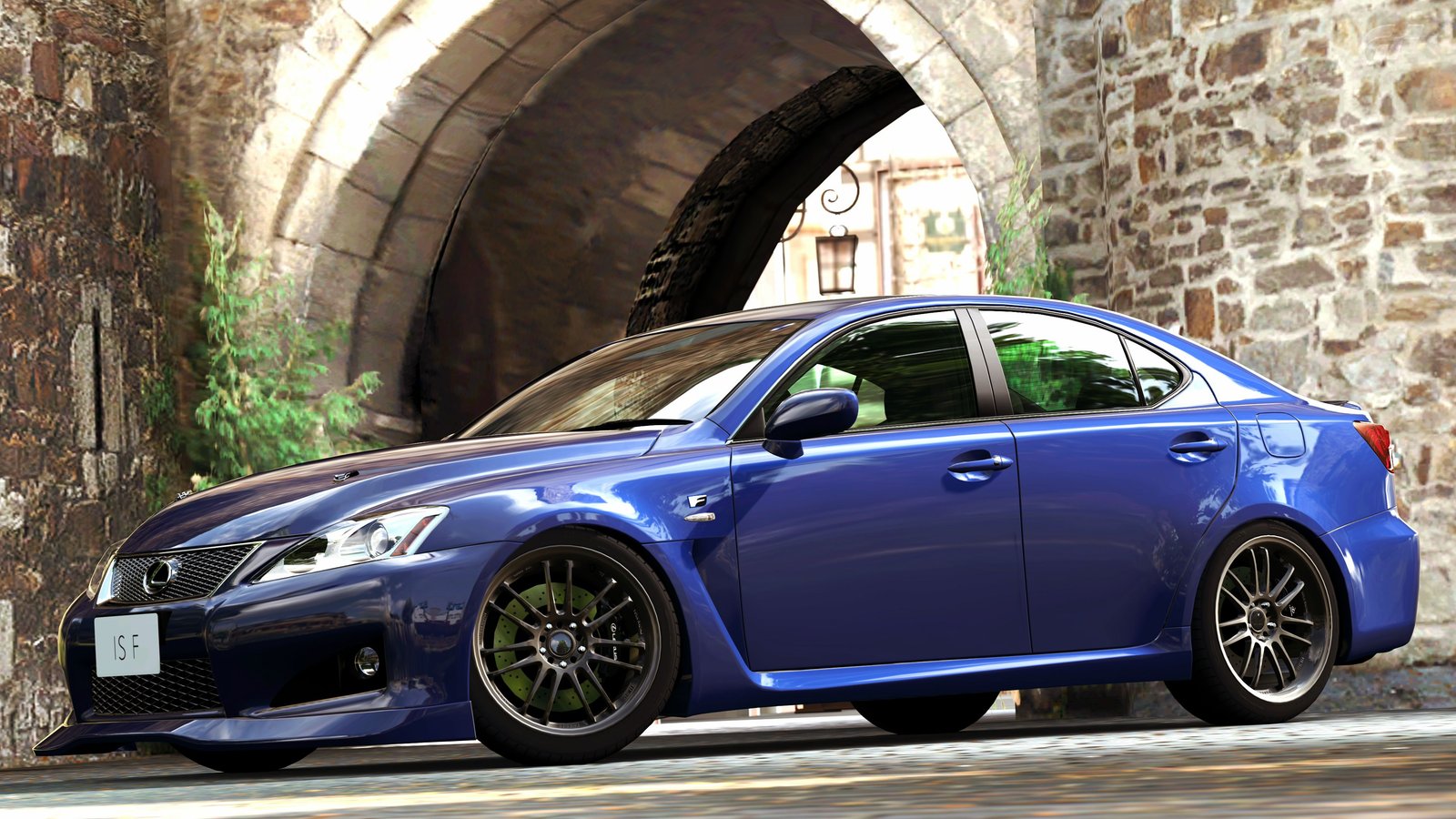

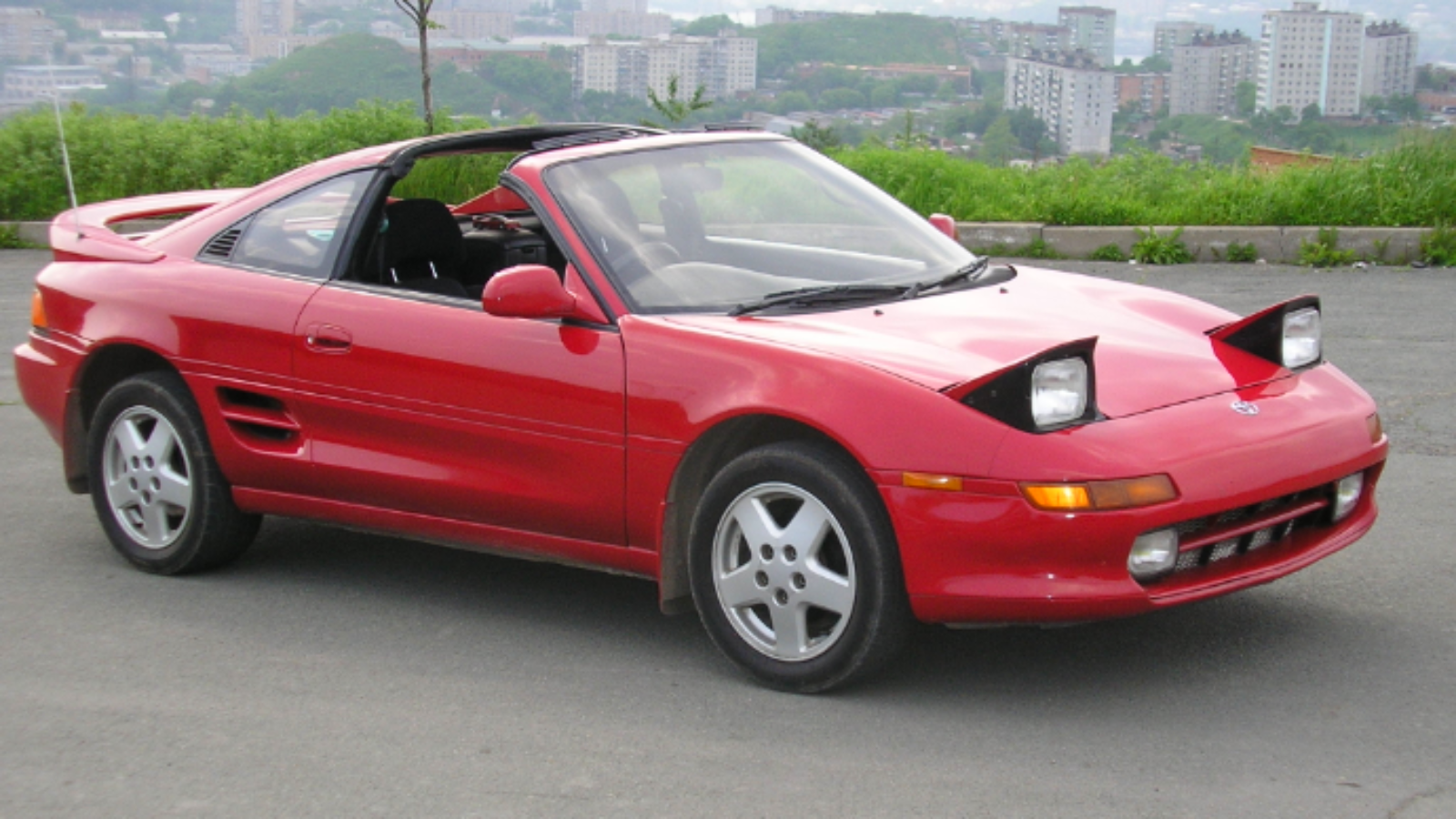









Toyota 86
The Toyota 86 is a 2+2 sports car jointly developed by Toyota and Subaru, manufactured at Subaru's Gunma assembly along with a badge-engineered variant known as the Subaru BRZ.
This fastback coupé offers a naturally-aspirated boxer engine, with a front engine/rear drive configuration, 50/50 front/rear weight balance and low center of gravity. It is widely popular for Showroom Stock, Group A and Group N Rally, Club, and drift racing. Toyota markets the sports car as the 86 in Asia, Australia, North America (from August 2016), South Africa, and South America and as the Toyota GT86 in Europe. It was marketed as the Scion FR-S between 2012 and 2016 in the United States and Canada.
Toyota Soarer (SC 300/400, Z30)
Produced from 1981 to 2005 by Toyota and sold exclusively in Japan, the Toyota Soarer was a personal luxury GT coupe (aka the Z30 series) that was nearly identical to the Lexus SC 300/400 on the outside but offered different powertrain specifications and advanced performance. Considered an expensive and extravagant luxury car in Japan, the Soarer was one of the first cars in the world to offer a factory FPS nav system via CD-ROM.
From launch in 1991 until 2000 all models came equipped with a 4-speed automatic transmission. The even sportier JZZ30 Soarer could be had with a 5-speed manual transmission. All models were available with a Torsen torque-sensing differential. Unlike their US Lexus equivalents, the Z30-series Soarer lineup never received a 5-speed automatic.
Chaser Tourer V
In October 1992, the X90 Chaser replaced the previous X81 Chaser. It had a larger body, better handling, and more power. The body was curvier and the car was significantly longer. The previous GT Twin Turbo was replaced by the new Tourer V, which was still powered by the 1JZ-GTE engine used in the GT Twin Turbo. This powerful engine was capable of 276 hp at 6200 rpm, the maximum horsepower allowed under Japanese regulations. There was also a manual transmission, suitable for the car's sporty driving characteristics, and a Tourer S model, which was basically the Tourer V minus a turbocharger.
Mark II iR-V
Manufactured from 2000 to 2007, the Toyota Mark II 2.5 Grande iR-V was a saloon with 4 doors and a front mounted engine and RWD. As a member of the JZX110 model family from Toyota, this 6-cylinder, double overhead cam turbocharged engine had 4 valves per cylinder and a displacement of 2.5 liters. It produced power and torque figures of 276 HP at 6200 rpm and 279 lb-ft of torque at 2400. A 5-speed manual gearbox transmitted the power to the driven wheels.
2007 IS-F
On 6 December 2006, Lexus officially debuted its all-new IS F sedan at the North American International Auto Show in January 2007. At its press debut, Lexus revealed that a separate skunkworks team designed the IS F in a manner distinct from typical Lexus engineering efforts. The chief engineer of the IS F was Yukihiko Yaguchi, who previously worked on the Toyota Supra. This team altered the IS exterior, making it lower and meaner, adding a wire-mesh grille, and changing side fenders and skirts, among other things. Faux quad exhaust pipes were also added. The IS F featured different seating with bucket seats in front and in back.
The Lexus IS F featured a 5.0 L direct-injected 2UR-GSE V8 producing 416 bhp and 371 lb-ft of torque and also supported a two-stage intake system, engine oil and automatic transmission fluid coolers, and an oil pump designed for high-speed cornering. Along with both port and direct injection, the engine featured VVT-iE camshaft timing. The 8-speed transmission also improves fuel economy, with lower overall consumption than its BMW, Mercedes, and Audi rivals.
Toyota GT-One Road Car
The Toyota "TS020" GT-One Road Car is a road-homologated mid-engine supercar manufactured by Toyota. The road version is based on the race version, which was developed in 1995 and made its first appearance at the 24 Hours of Le Mans in 1998. In order to enter the FIA GT Championship division, Toyota was required to build at least two functional street models of the same car. In 1998, the Toyota TS020 GT-One road car was fully built and ready to go.
The road version uses most of the race car's equipment including the same 3.6-litre R36V twin-turbocharged V8. Like the race version, the GT-One street car puts out 600 horsepower and 479 pound-feet of torque at 6000 rpm. All of the power is delivered to the rear wheels via a 6-speed sequential manual transmission. The suspension is based on the race version's components, but the ride height is higher in order to match road regulations.
The car can do 0-60 mph in 3.2 seconds and the quarter mile in 10.7 seconds at 142 miles per hour. The GT-One's top speed is set at 236 mph but the turbocharger could boost it to around 260 mph. Although the exterior is very similar to the race version, the interior has been extensively changed in order to meet regulations.
2nd Gen MR2 T
Forum member and self-proclaimed Lexus Fanatic mmarshall votes for the 2Gen MR2 Turbo. "My Flight Instructor bought a brand-new bright red one in 1994 and some people told him they thought it looked like a small Ferrari. In my opinion, the early/mid-1990s were Toyota's heyday for quality. The MR2 Turbo was extremely well-built, with excellent materials, and a lot of fun to drive. On the downside, the engine, with limited cooling-slots and airflow, tended to run hot, so you had to be careful starting the engine and idle it before shutting it down because of the turbo-characteristics back then, it required frequent oil changes, it rode quite firmly, and the position of the engine behind the driver made the front end very light and the steering somewhat darty, especially in crosswinds. Staying in one's lane on long straight stretches required some work with the steering wheel. It was cramped inside for tall people like me. But, to finish on a high note, it was a blast in sharp corners, and even though it was darty, it didn't have the gross and dangerous drop-throttle/snap-oversteer that some older rear-engine Porsches did."
MKIV Supra
TXgearhead: Could this be any easier? The MK4 Supra.
One of the most capable and revered cars to come out of the Japanese economic bubble from the 1980s and 90s is the Toyota Supra, which was in production from 1978 to 2002. The MKIV Toyota Supra is the last generation of the Supra and it officially began production in April of 1993. Its redesign featured two engine options: The naturally aspirated 2JZ-GE producing 220hp and 210 lb-ft of torque and the twin-turbo 2JZ-GTE producing 320 hp and 315 lb-ft of torque. With the twin turbo model going from 0-60 mph in 4.6 seconds and a quarter-mile time of 13.1 seconds at 109 mph the Toyota Supra twin-turbo was one of the fastest production vehicles of its time. According to Jalopnik, average mileage of naturally aspirated 2JZ drivetrain rivals that of some 18-wheelers. While many Supras do tend to have lower mileage simply because they were more prized by their owners due to price and rarity, a glance at eEay reveals that it's more common to find a car with a deep 6-figure mileage figure than it is a sheltered garage queen.
For help with your maintenance and repair projects, please visit our How-to section in the forum.
